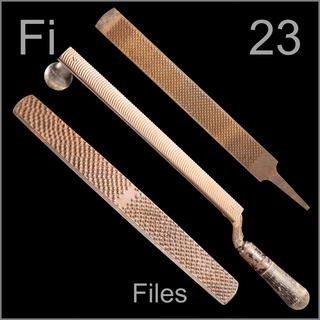 |
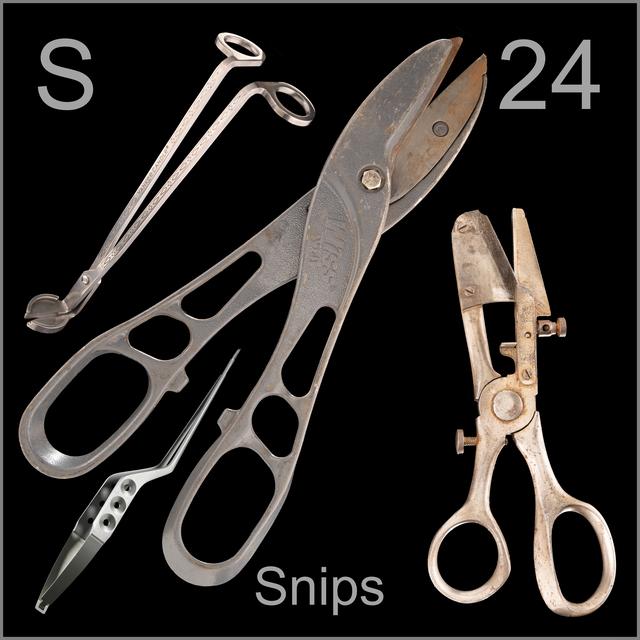
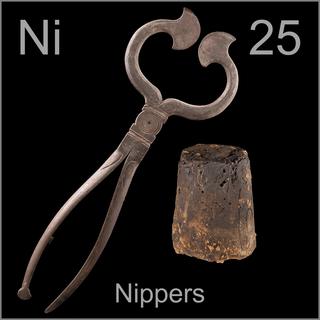 |
Leave a comment below! Or click on an individual tool to see more or leave a comment about that tool. |
|
 |
|
 |
| Tin snips. |
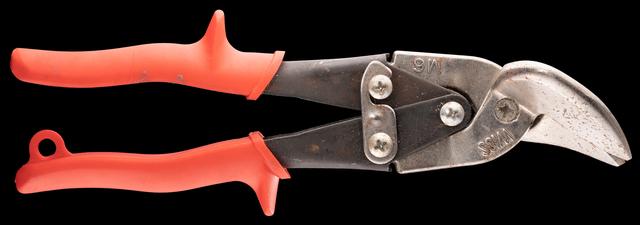 |
| These snips come in two mirror-image versions, depending on what direction you want your cut to turn. |
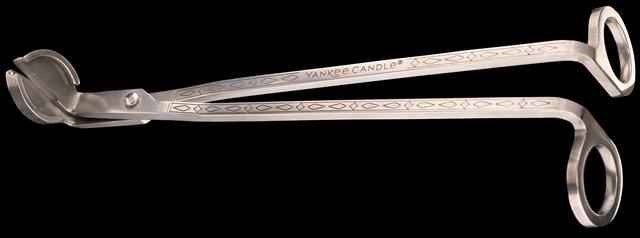 |
| These candle wick trimmers are just scissors with very strange angles and proportions. |
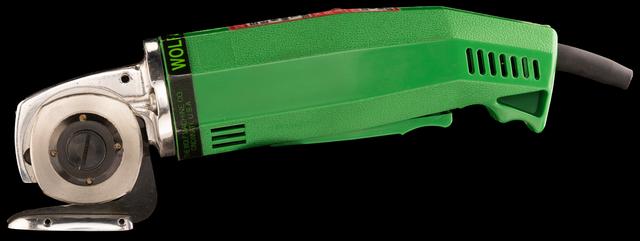 |
| This rotary cutter has a slightly squared-off roundish blade. As it spins the gap between the blade and the base opens and closes, creating a scissoring action without any jerky motion. |
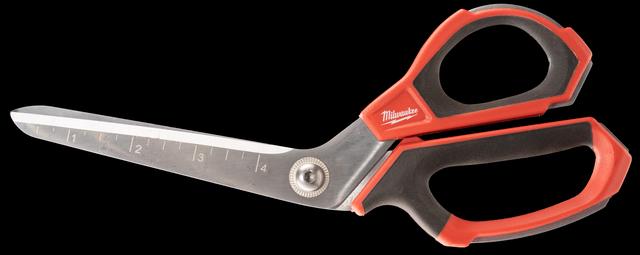 |
| These might seem like perfectly ordinary scissors, but they are made by Milwaukee, which is unambiguously a tool company, and sold by them as shop scissors. The blades have very fine serrations (ridges) which make them better for cutting tough material. |
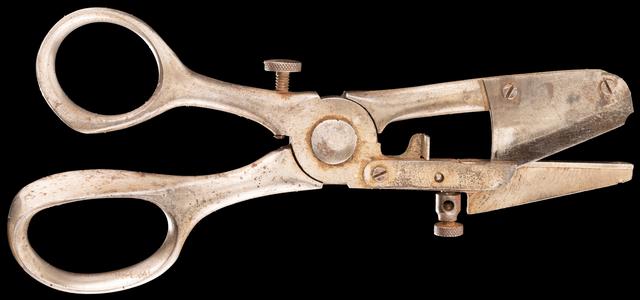 |
| These special-purpose shears cut button holes in leather. Unlike ordinary scissors or shears, the blade does not extend all the way back to the pivot point. Instead it a slit of a definite width. A depth stop guides you place the slit a consistent distance in from the edge. |
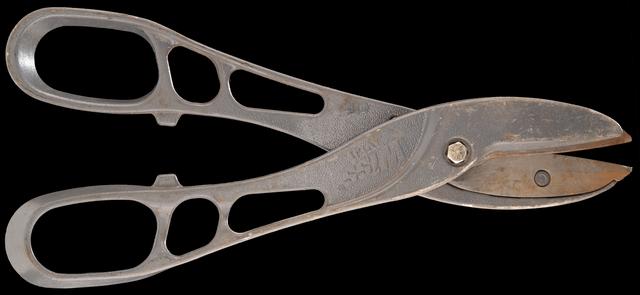 |
| The blades must be made of hardened steel, but aluminum handles lighten the tool quite a bit. |
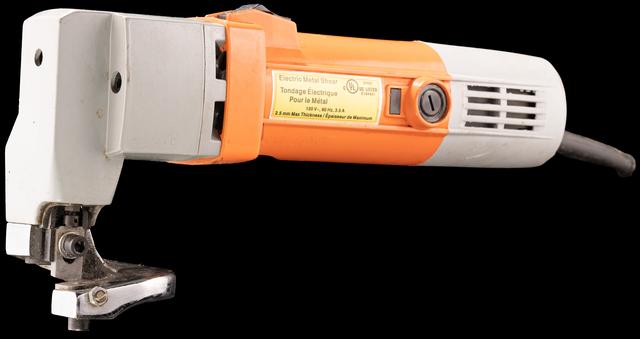 |
| These electric metal shears, identical in function to electric scissors, are perhaps the first tool in this section that is well and truly a tool. |
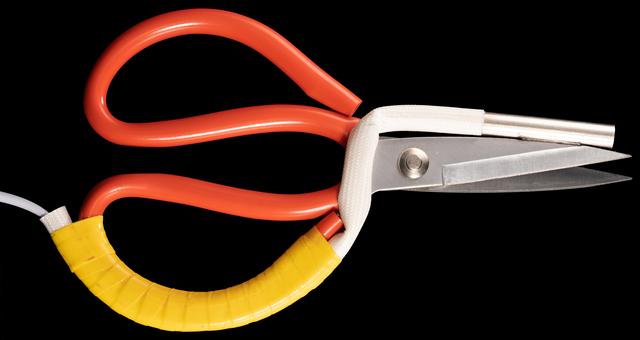 |
| Hot-blade scissors can be used to cut synthetic fabrics: they melt the edge as they cut, preventing fraying. People have also started using them to cut hair, on the theory that it prevents split ends by melting a little blob onto the end of each hair. You first. |
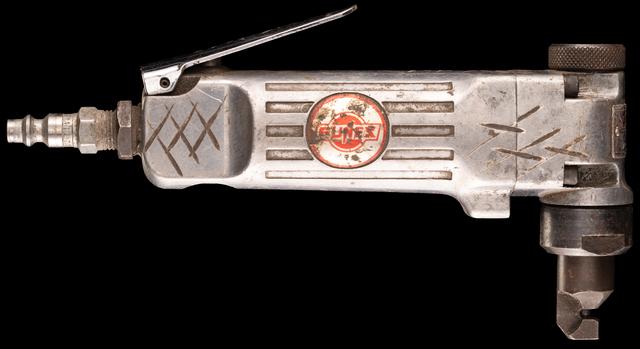 |
| Here is a different approach to cutting sheet metal, one that does not cause any distortion. It’s called an air nibbler, because it’s powered by compressed air and it nibbles away at a sheet of metal, cutting it like a leaf cutter ant. A small hole punch takes a bite out of anything you feed it. The nibbler cuts by punching out one small hole after another at high speed. |
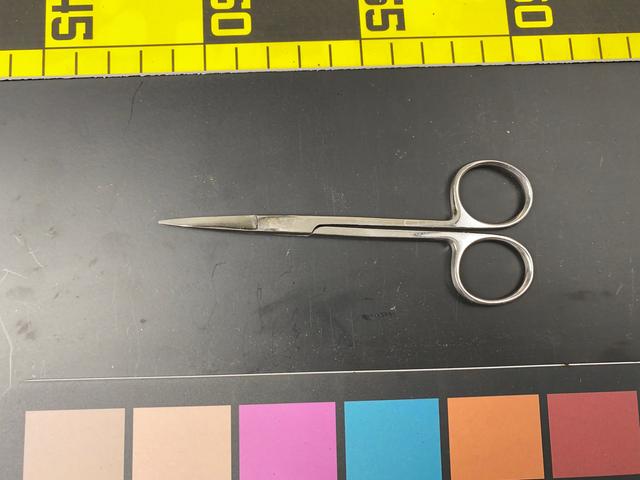 |
| These small surgical scissors are for cutting bits of skin or other tissues. |
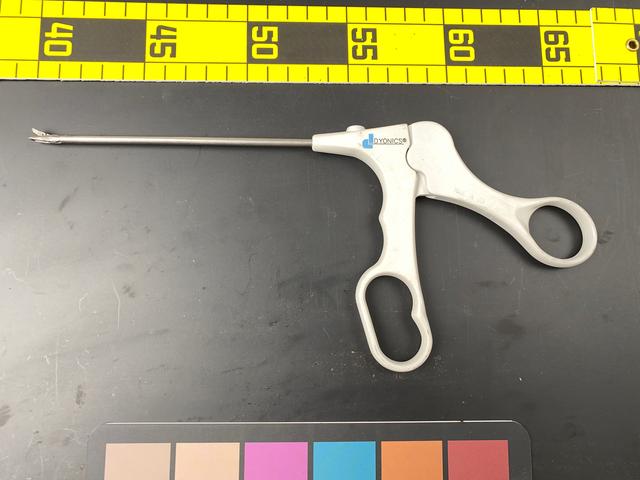 |
| Very small bypass loppers on the end of a stick are used in laparoscopic surgery (where all the work is done by reaching through a few small holes poked in the patient). These come much smaller for use in eye surgery. |
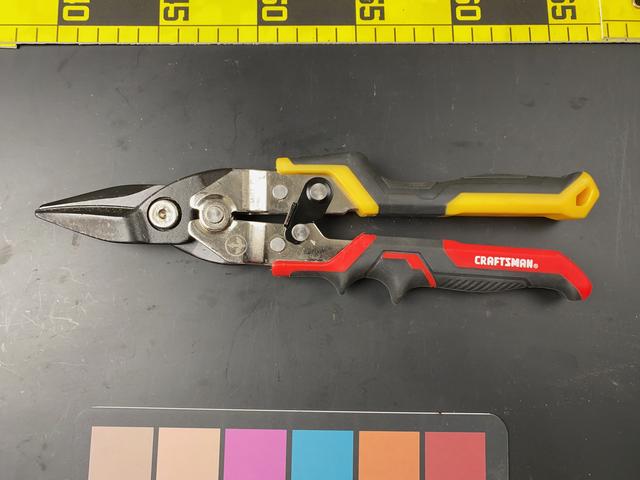 |
| This style of snips uses compound leverage to give you more power with shorter handles. |
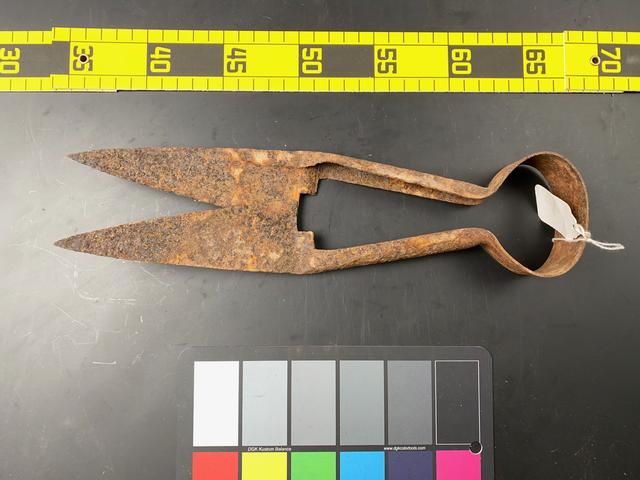 |
| Clippers |
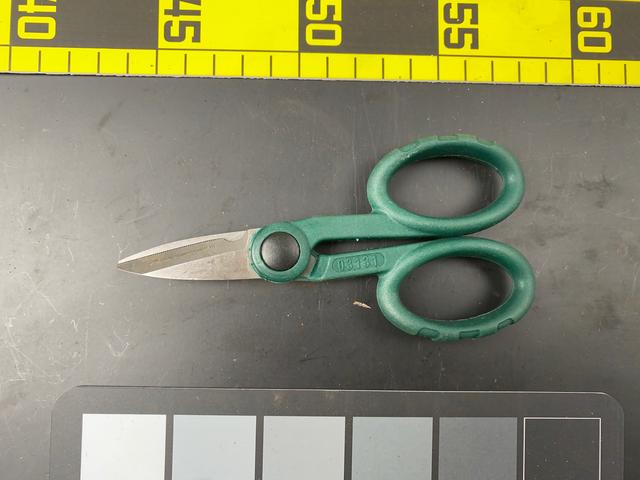 |
| These baby tinsnips may be small, but you can see just how much more substantial they are than ordinary scissors. |
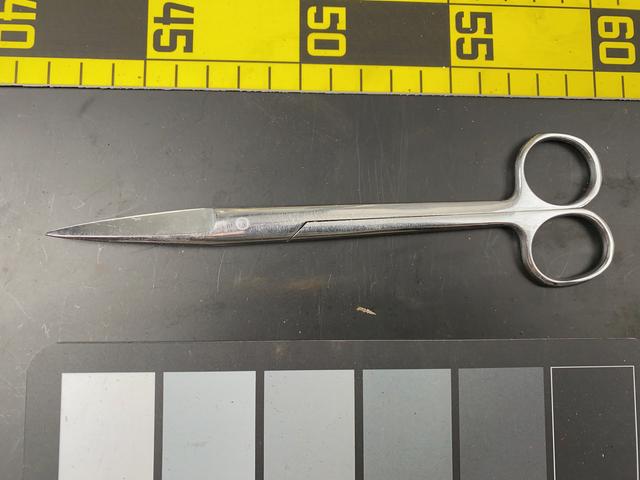 |
| Medicine is full of scissors. This one is for cutting bandages. |
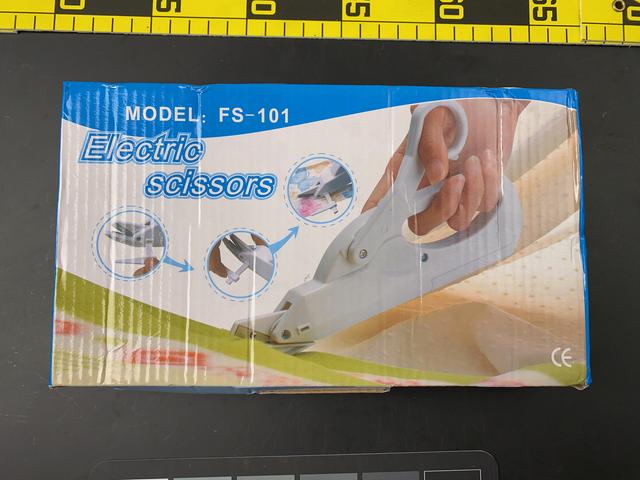 |
| If you get tired of scissoring by hand, there are electric versions available. |
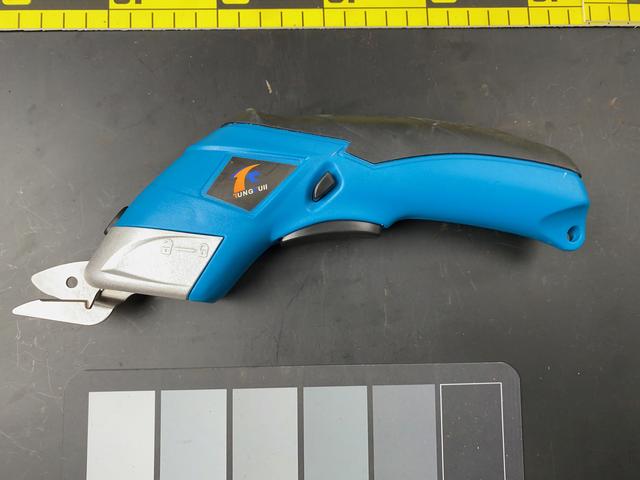 |
| Electric Scissors |
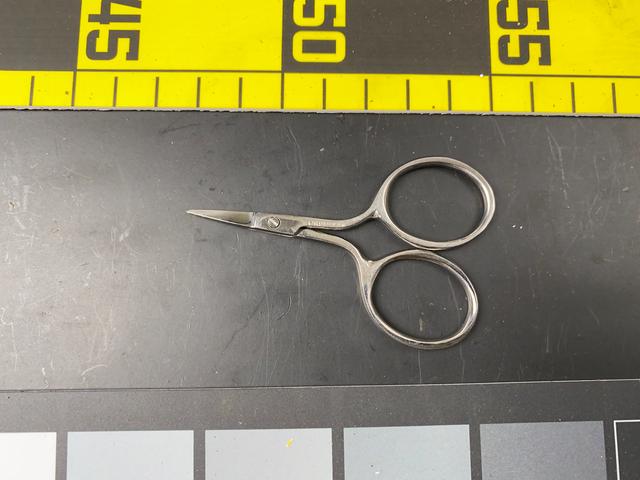 |
| Tiny sewing scissors. |
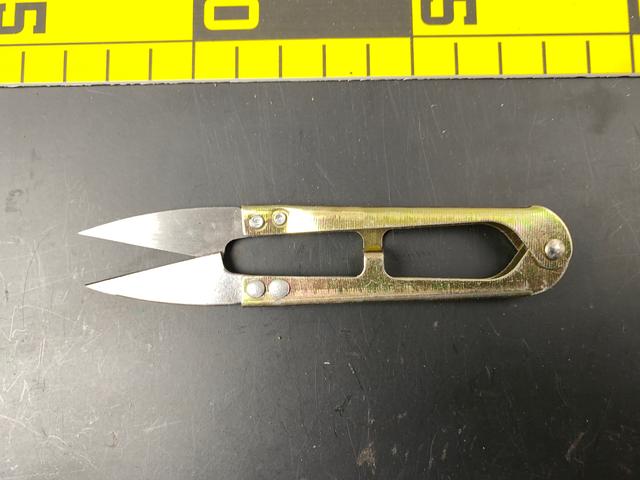 |
| Good Thread Snips |
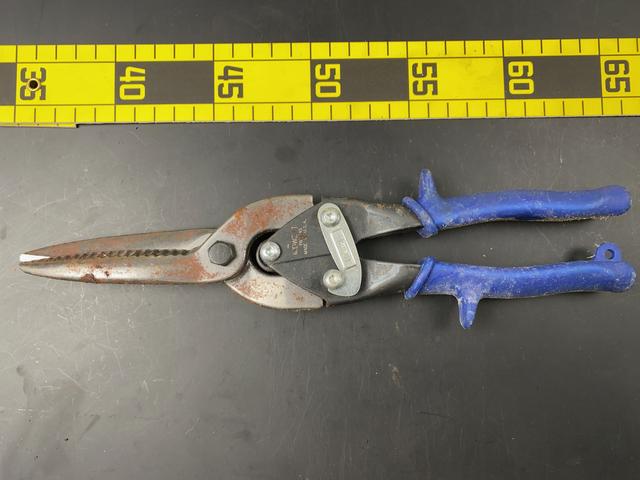 |
| Longer blades let you cut farther without the metal running into the joint, but you lose leverage, so these can only be used on thinner metal. As you get close to the end jaws also tend to separate and bend, rather than cut, the material. |
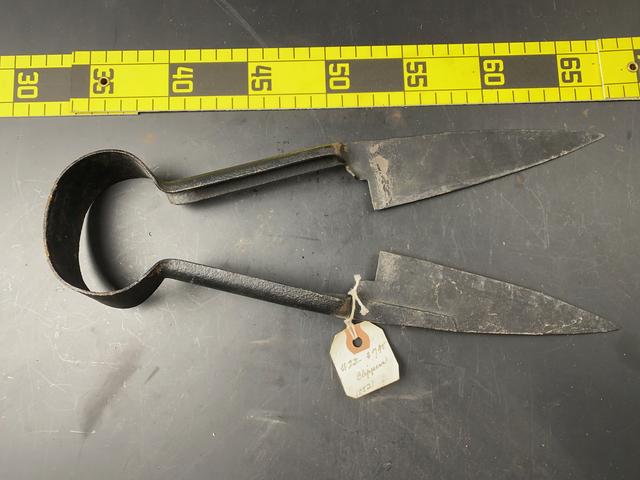 |
| Shears are to tweezers as scissors are to pliers. |
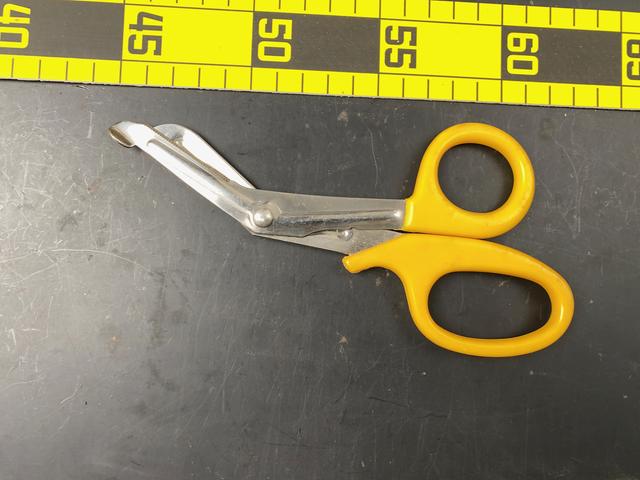 |
| These types of scissors are often shown on late-night TV infomercials cutting through a penny. They are basically very low-grade tinsnips: keep reading for what the real thing looks like. |
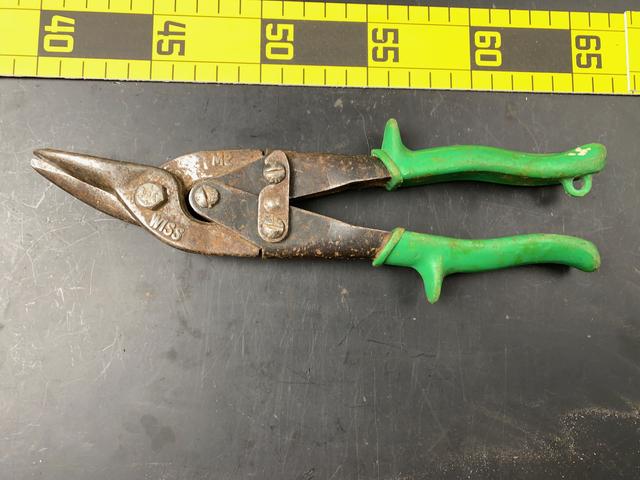 |
| Tinsnips |
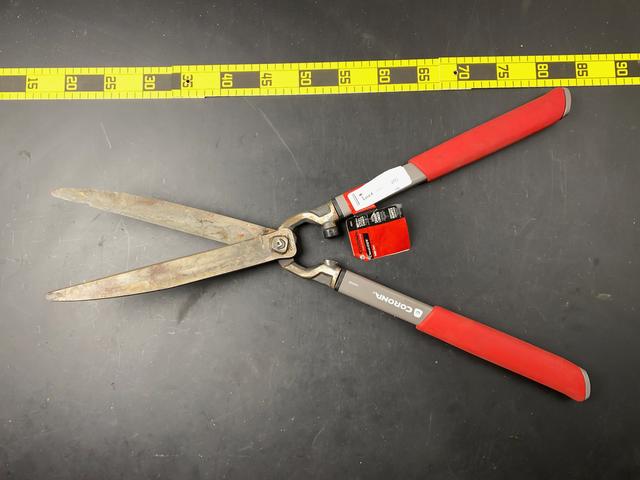 |
| Scissors for grass. |
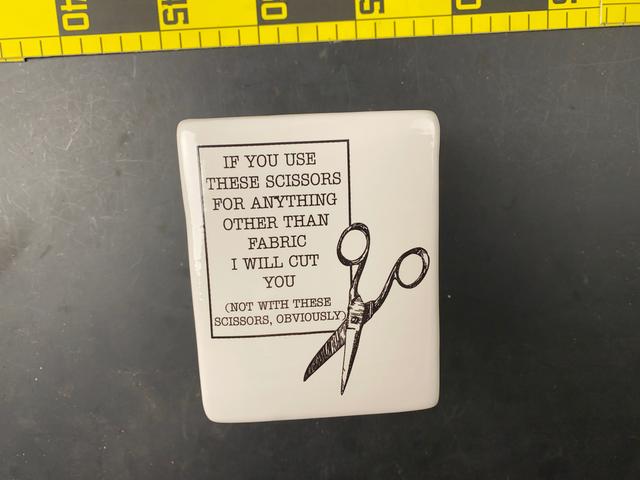 |
| Sewing people can get pretty aggressive in defense of their scissors. |
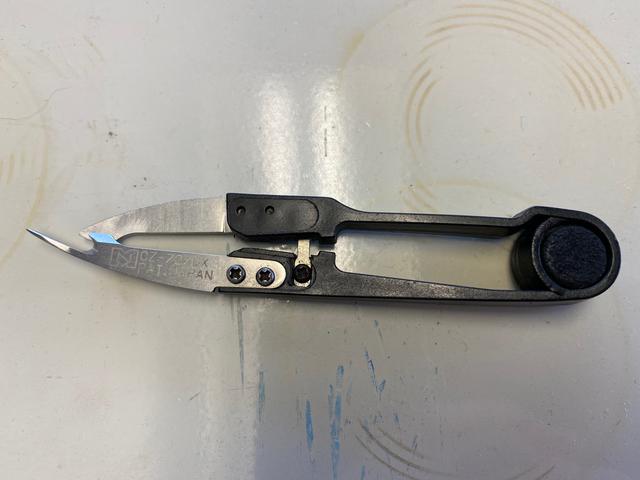 |
| Thread clipping shears are very handy: we have several varieties in daily use in our fabric studio. The black ones are the good ones. |
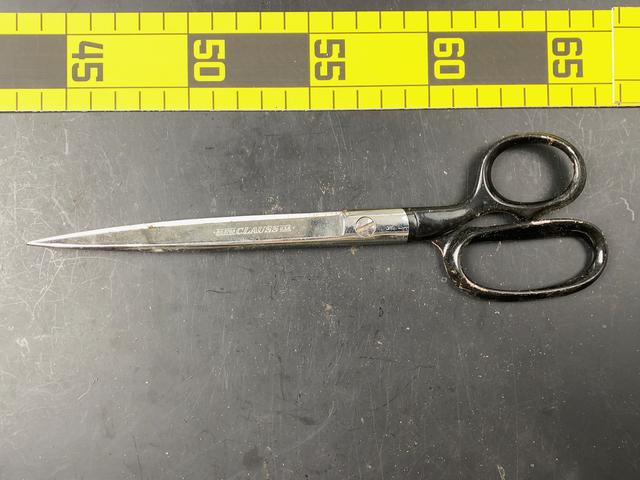 |
| Verrrrrry long scissors. |
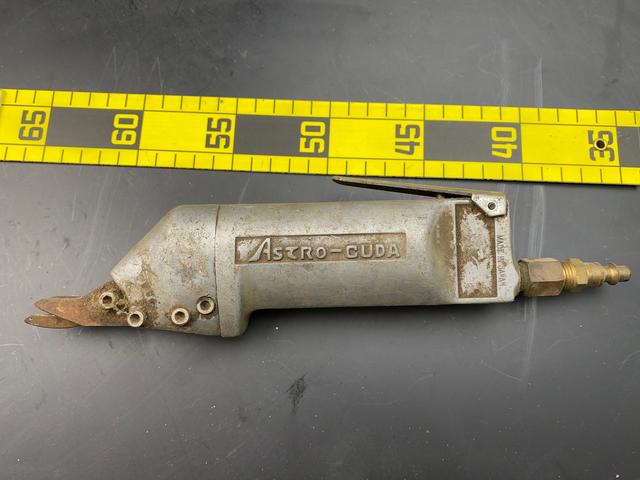 |
| Power tine snips. |
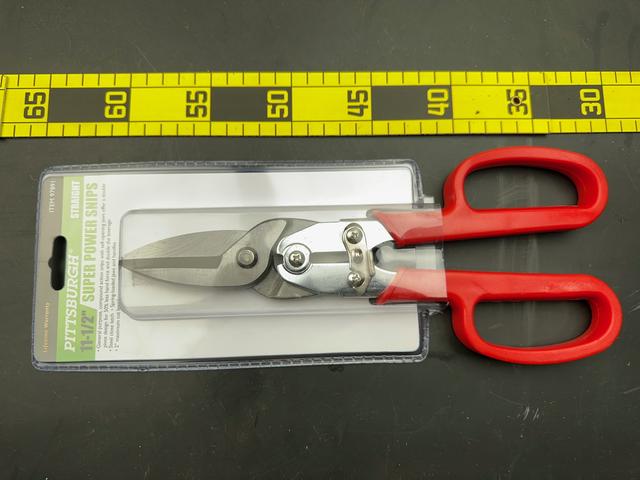 |
| Compound-leverage tin snips. |
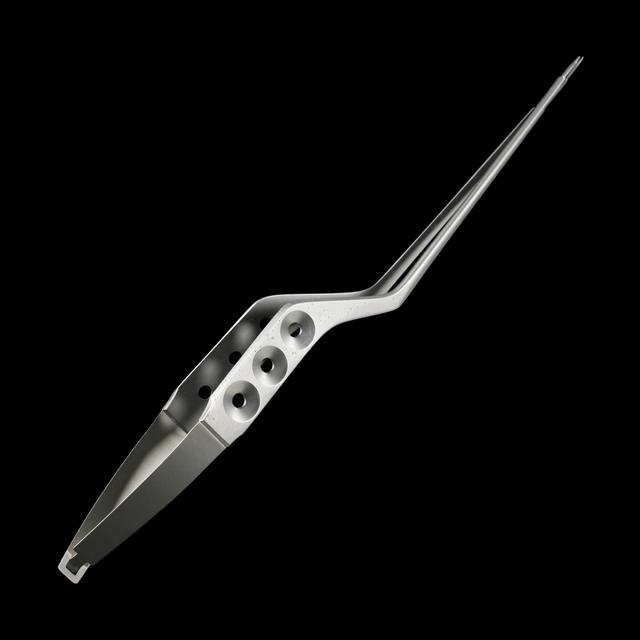 |
| These look like tweezers, but right at the very very tip they cross over at a tiny pivot point and turn into scissors. They are used in delicate surgery. |
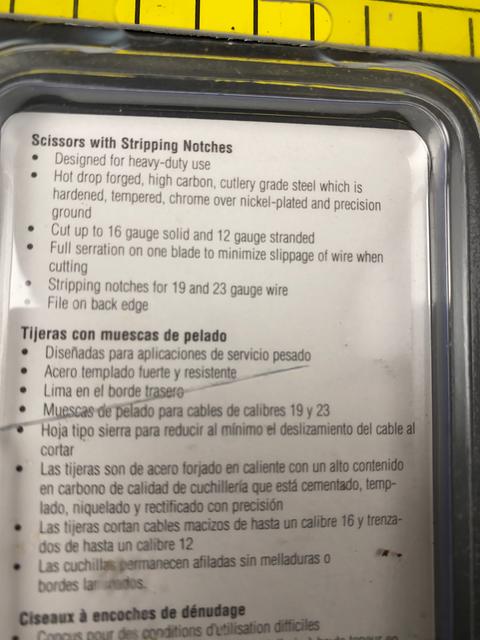 |
| These look even more like ordinary scissors, but they are actually specialist electrician’s scissors, designed to cut wire and insulation. |
Do you have a better example of this kind of tool? Let me know by leaving a comment, and include a picture of it if you can so everyone can see!